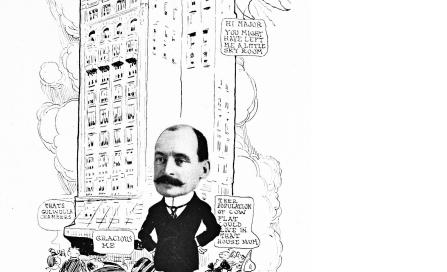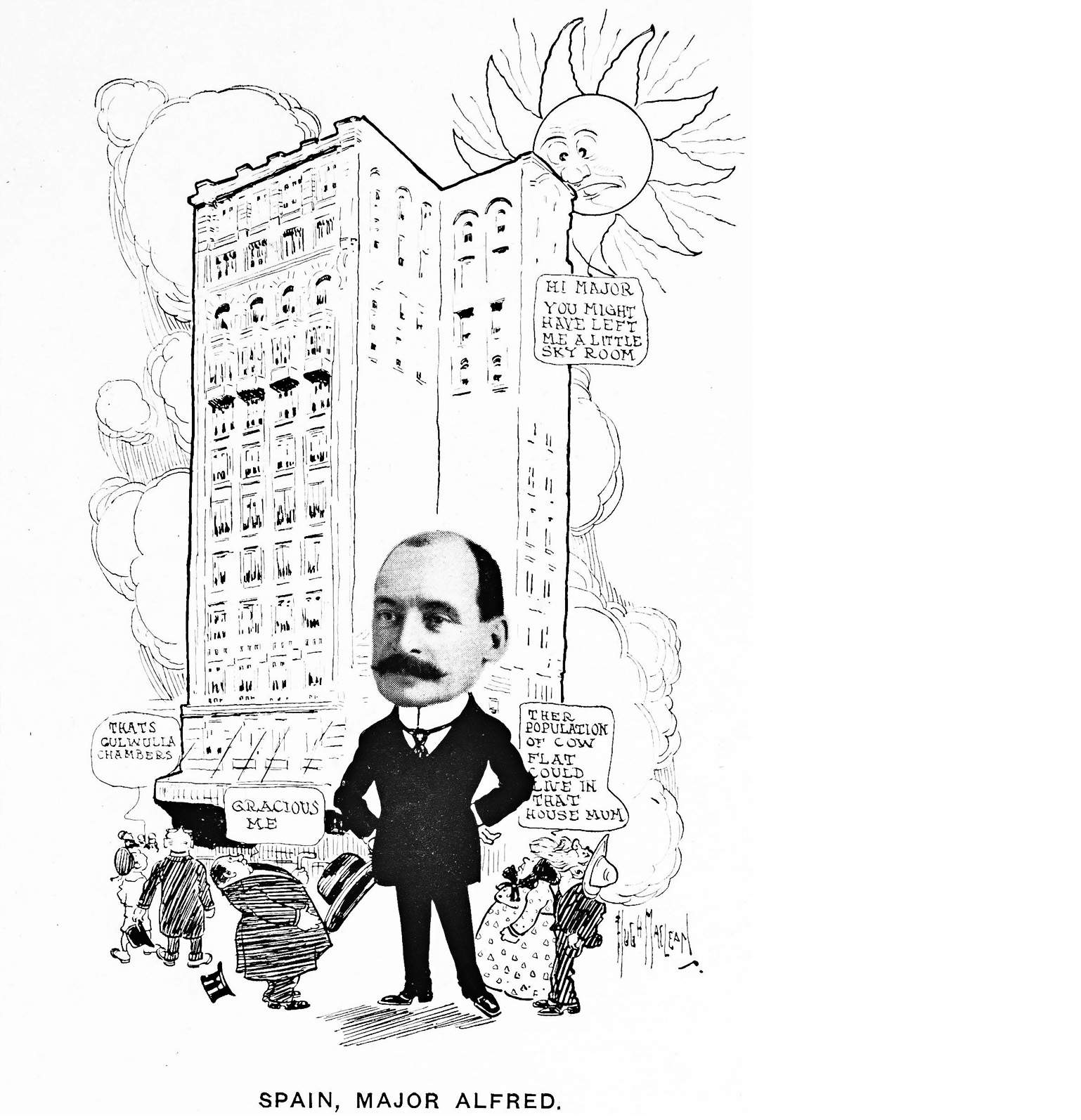|
|
Alfred SpainAlfred Spain was born in Neutral Bay in 1868 – the son of Staunton and Fanny who had lived at the foreshore villa ‘Wallaringa’ since 1863.The Spains were among North Sydney’s ‘established’ families at the end of the 19th century. Alfred remained a local after leaving the family home, building a large house for himself, ‘Waione’, with views of Sydney Harbour at Kurraba Point. Alfred’s interests were typical of Sydney’s elite. Not surprisingly for one who knew Sydney Harbour from boyhood, he was a keen fisher and a member of the city’s most prestigious sailing club, the Royal Sydney Yacht Squadron which had been located at Kirribilli since the 1860s. An interest in natural history led to his Presidency of the Royal Zoological Society and involvement in the design and location of Taronga Zoological Gardens, overlooking the harbour not far to the east of his home. Alfred was also a member of the state Board of Fisheries. Spain volunteered for military service in the 1890s, commanded a company of military engineers and rose to the rank of Major in the Commonwealth Military Force. He was thereafter known as Major Spain. Alfred enlisted in the Australian Imperial Force (AIF) in order to serve overseas in the First World War. The young Alfred was educated in the eastern surburbs and so must have crossed the harbour each day by private boat or possibly ferry from the family’s own jetty, Spain’s Wharf. He studied architecture at Sydney Technical College and qualified in 1890. He worked with Thomas Rowe, with whom he was articled while studying, as a partner from 1893 and the firm was known as Rowe and Spain two years later. It was with Rowe that Alfred designed his most significant North Sydney commission 'Gundimaine'. From 1904 Alfred was in partnership with Thomas Cosh. Fellow North Sydneyite, Rupert Minnett, joined the firm in 1910. In 1912 Spain and Cosh were responsible for Sydney’s tallest building, Culwulla Chambers, built in Castlereagh Street in a design influenced by Chicago’s ‘skyscrapers’. Given the Englishness of his domestic work, the American influence of this commercial architecture is evidence of the twin affections apparent in Sydney, and indeed white Australia, of the early 20th century. Great Britain represented a parental home and history to many, while America was akin to an older cousin in whom Australia could glimpse the future. |
|


